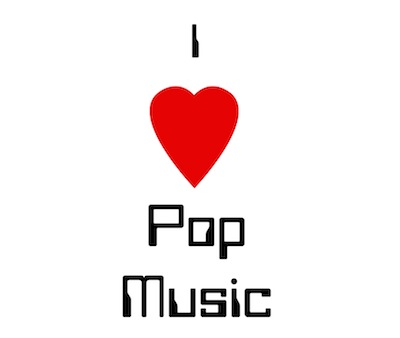Is “pop” our most subversive musical form?
Steve Lawson, over at his (excellent) blog, recently wrote a piece called “What Is Pop And Is It Dead?” In it, he talks about Pop’s transition from “that which is popular” to an actual musical style. It’s an interesting piece, and as is often the case, the real action is in the comments. My $.02 looked like this:
I see pop as a core style: anything with a tight ABAB-type form, and—as pointed out—it’s typically drum and vocal based, and it’s mostly heard in a recorded format.
By breaking it down to this core definition, one can view it as a “hub” music style with “spokes” branching out into punk, post-punk, reggae, rock, new-wave, 90s alternative, folk, boy-bands, and so on.
So by this definition, to me anyway, the Ramones were (at their core) pop artists; as were Hüsker Dü and the Talking Heads; as are Madonna, Gaga, Wilco, Weezer, and the Bieber.
To me, it’s one big ecosystem of pop. It’s tricky because, for a lot of people, “pop” = 80’s. But by this definition, “80’s pop” is just another spoke. It’s a bit like people referring to anything with a violin as “classical” music, which of course is a particular period. “Modern art” is another similar example.
I’ll also just say how much I love “for the people, by the people” as a core definition of “folk.” As alluded to above, it allows you to string together Guthrie, Dylan, Marley, Black Flag, and NWA on a parallel continuum–as they all share (to varying degrees) “folk” DNA. (I for one have always viewed hip-hop/rap, the good stuff anyway, as popular folk music…).
So, no, pop ain’t dead. It’s DNA is alive and well. And because it’s always going through new permutations, it’s perhaps our most subversive musical form.






Leave a Reply